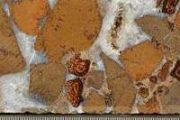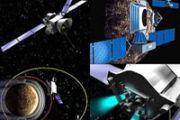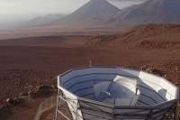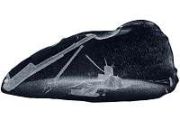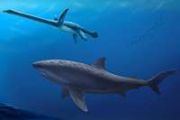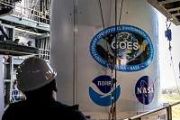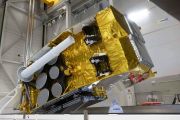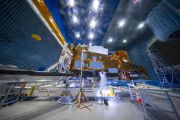
Copernical Team
Scientists find carbon-rich liquid water in ancient meteorite
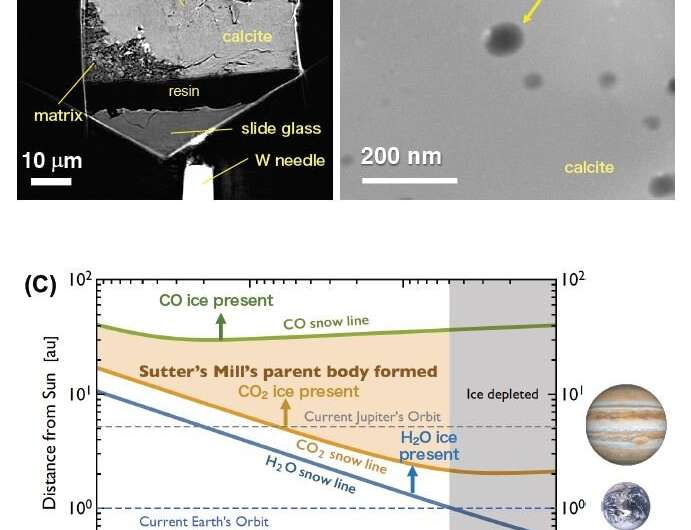
23 April: watch Mission Alpha launch live
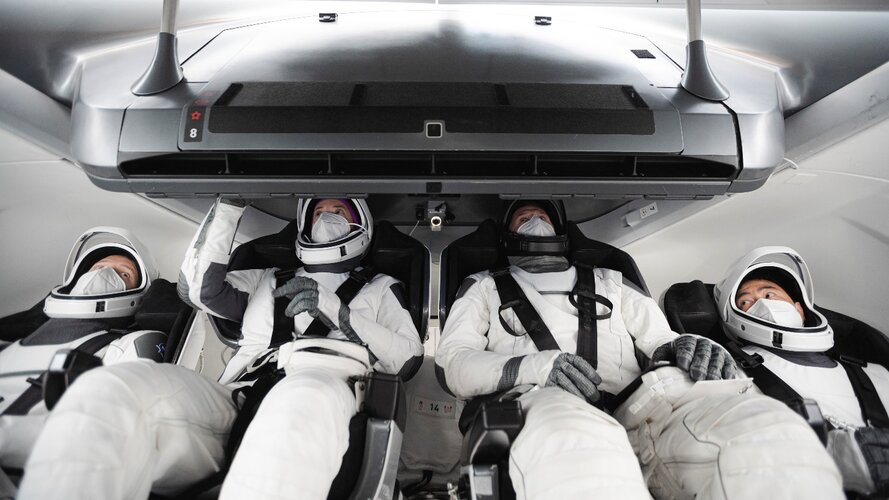
Latest: NASA and SpaceX now are targeting 23 April at 10:49 BST (11:49 CEST) for the launch of the Crew-2 mission to the International Space Station due to unfavourable weather conditions along the flight path on Thursday.
French ESA astronaut Thomas Pesquet is returning to the International Space Station on his second spaceflight. The mission, which is called Alpha, will see the first European to launch on a US spacecraft in over a decade. Thomas is flying on the Crew Dragon, alongside NASA astronauts Megan McArthur and Shane Kimbrough, and Japanese astronaut Aki Hoshide.
SpaceX flight to ISS postponed by one day due to weather: NASA
 A crewed SpaceX mission to the International Space Station has been postponed by a day due to concerns over the weather, NASA said Wednesday.
The flight had been scheduled for Thursday but because of an unfavorable weather forecast along the flight path it will now be set for 5:49 am (0949 GMT) Friday, the US space agency said.
A SpaceX rocket is to carry four astronauts to the ISS in th
A crewed SpaceX mission to the International Space Station has been postponed by a day due to concerns over the weather, NASA said Wednesday.
The flight had been scheduled for Thursday but because of an unfavorable weather forecast along the flight path it will now be set for 5:49 am (0949 GMT) Friday, the US space agency said.
A SpaceX rocket is to carry four astronauts to the ISS in th Science without gravity at the International Space Station

In two decades orbiting the Earth the International Space Station has become a cutting-edge cosmic laboratory, with astronauts researching everything from black holes to disease and even gardening in microgravity.
The ISS, which orbits about 250 miles above Earth, is as large as a football field inside and divided up like a beehive into spaces where the crew can carry out experiments with guidance from researchers on the ground.
Often, the astronauts are also the guinea pigs.
More than 3,000 scientific tests have been carried out at the ISS since its manned missions began in 2000.
"From a science perspective, there have been some major discoveries," said Robert Pearlman, space historian and co-author of "Space Stations: The Art, Science, and Reality of Working in Space".
ISS sets its research scope on longer space missions
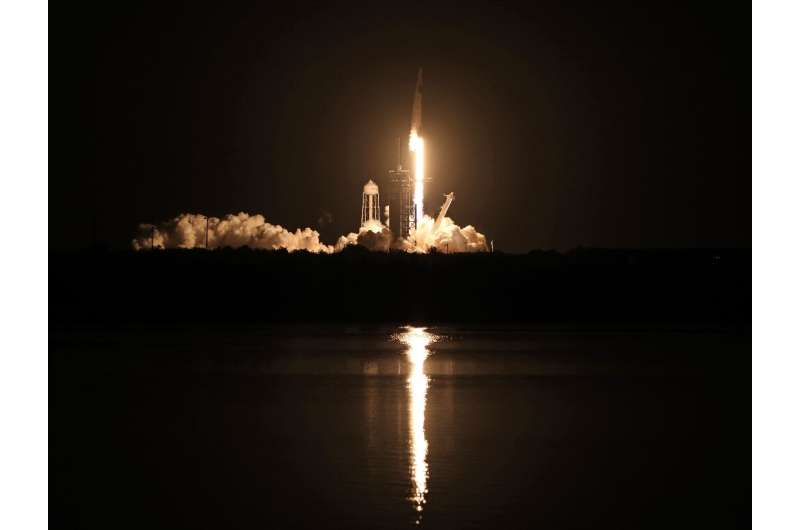
Detect harmful radiation, pilot a rover module, learn better sleep and body maintenance: astronauts aboard the International Space Station are preparing for future missions even further afield—from the Moon to, one day, Mars.
The latest arrival of four more astronauts to the ISS, due to blast off aboard a SpaceX rocket from Florida on Thursday, will open the door for new experiments aimed at priming humans for long-distance space travel.
"We're trying out technologies for exploration," said Remi Canton, director of Cadmos, the division of France's National Centre for Space Studies (CNES) undertaking 12 new experiments.
Whether it is humans revisiting the Moon for the first time since 1972 or eventually travelling as far as the Red Planet, the challenges are overwhelming.
Firstly, how can engineers ensure that astronauts and their equipment are protected from the flow of particles thrown out by solar storms and cosmic rays?
Hide and seek: How NASA's Lucy mission team discovered Eurybates' satellite
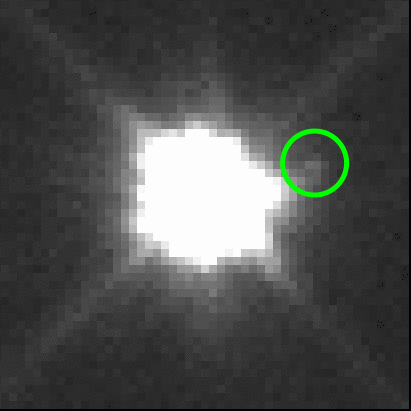
On Jan. 9, 2020, NASA's Lucy mission officially announced that it would be visiting not seven, but eight asteroids. As it turns out, Eurybates, one of the asteroids along Lucy's path, has a small satellite.
Though searching for satellites is one of the mission's central goals, finding these tiny worlds before Lucy is launched gives the team the opportunity to investigate their orbits and plan for more detailed follow-up observations with the spacecraft.
NASA's NICER probes the squeezability of neutron stars
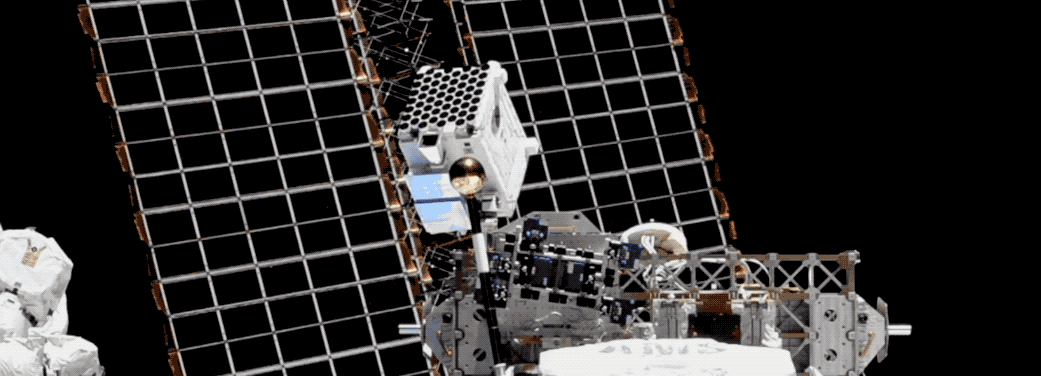
Matter in the hearts of neutron stars—dense remnants of exploded massive stars—takes the most extreme form we can measure. Now, thanks to data from NASA's Neutron star Interior Composition Explorer (NICER), an X-ray telescope on the International Space Station, scientists have discovered that this mysterious matter is less squeezable than some physicists predicted.
The finding is based on NICER's observations of PSR J0740+6620 (J0740 for short), the most massive known neutron star, which lies over 3,600 light-years away in the northern constellation Camelopardalis. J0740 is in a binary star system with a white dwarf, the cooling remnant of a Sun-like star, and rotates 346 times per second. Previous observations place the neutron star's mass at about 2.1 times the Sun's.
"We're surrounded by normal matter, the stuff of our everyday experience, but there's much we don't know about how matter behaves, and how it is transformed, under extreme conditions," said Zaven Arzoumanian, the NICER science lead at NASA's Goddard Space Flight Center in Greenbelt, Maryland.
Reprogrammable satellite design finalised

The design for a series of telecommunications satellites that can be completely repurposed after launch has just been completed.
Satellites highlight a 30-year rise in ocean acidification
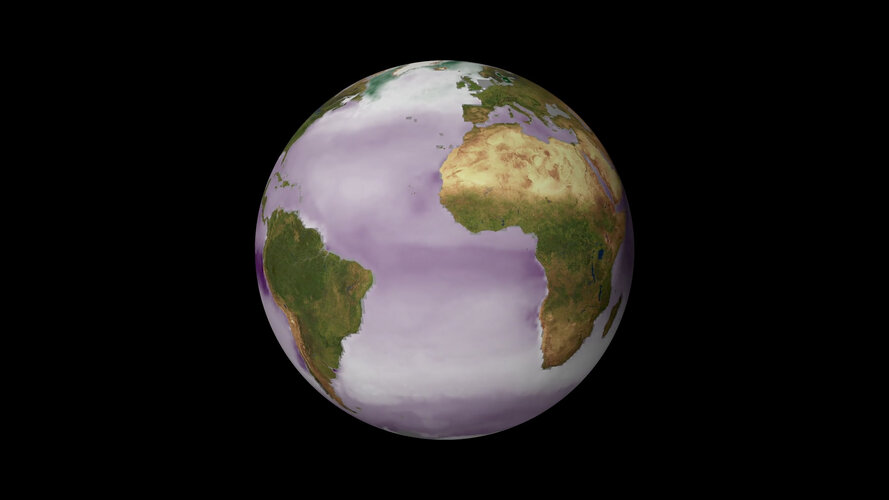
Oceans play a vital role in taking the heat out of climate change, but at a cost. New research supported by ESA and using different satellite measurements of various aspects of seawater along with measurements from ships has revealed how our ocean waters have become more acidic over the last three decades – and this is having a detrimental effect on marine life.
How can space support green financial innovation?

Space technologies and satellite applications are set to boost green financial innovation in Europe, creating jobs and boosting prosperity.






